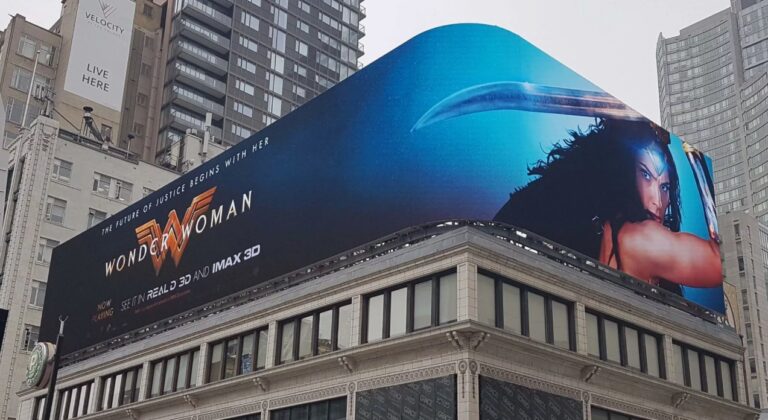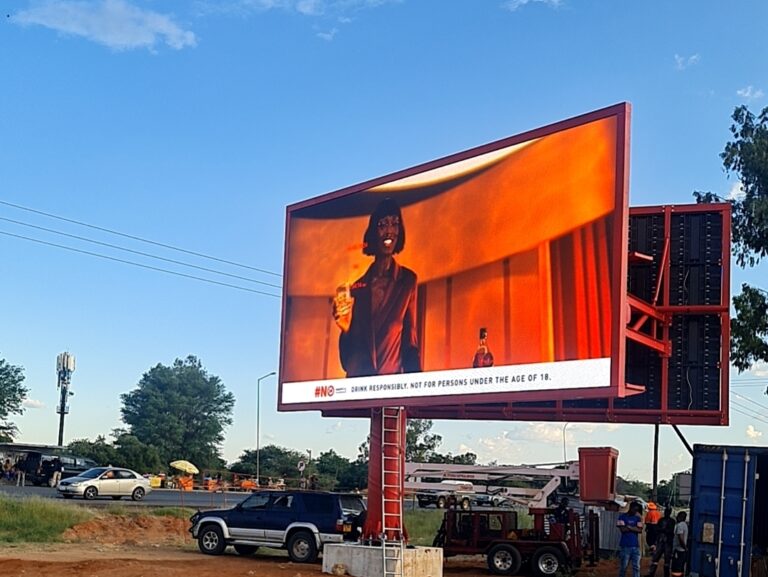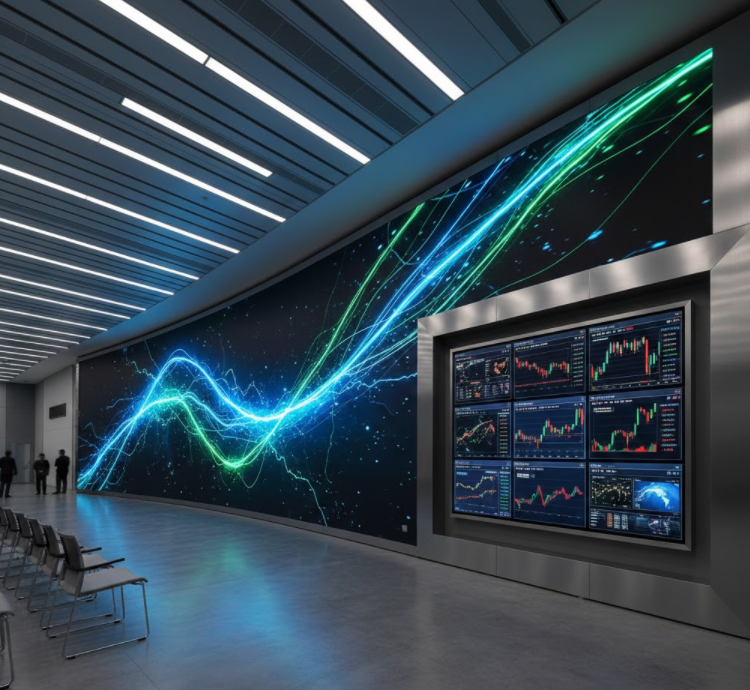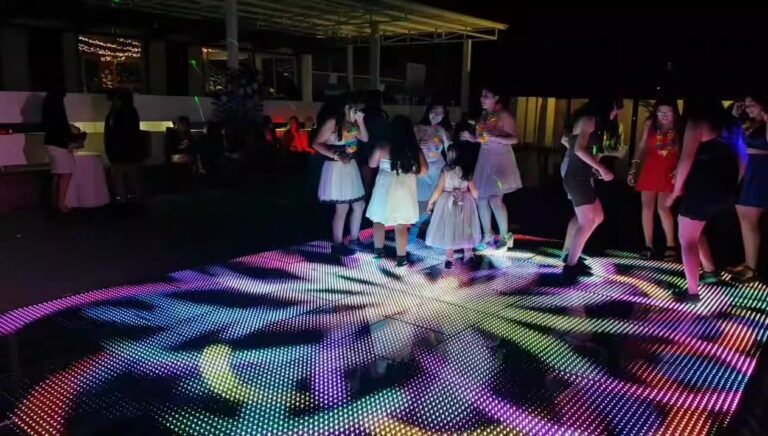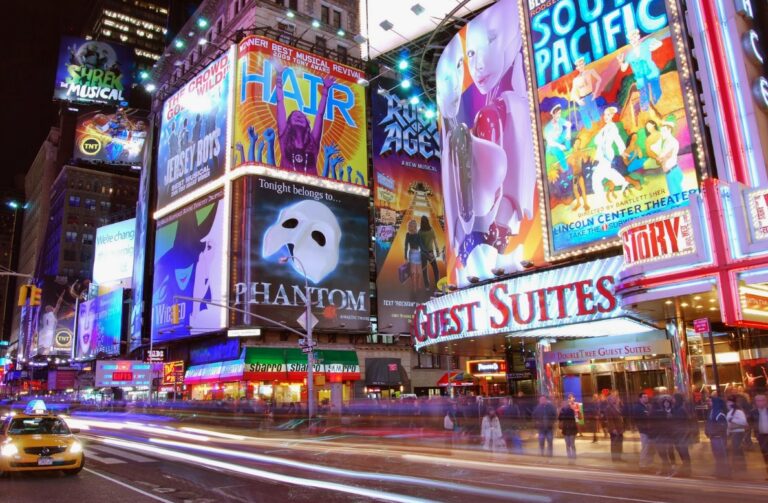Contents
-
What is Virtual Production?
-
Why Does Virtual Production Rely on LED Displays?
-
Technical Requirements for LED Displays in Virtual Production
-
Analysis of Typical Application Scenarios
-
Advantages and Challenges of LED Virtual Production
-
Conclusion
As productions like The Mandalorian and Avatar 2 spark a wave of virtual filmmaking, LED displays have evolved from “stage backgrounds” into “content productivity tools.” Virtual production is revolutionizing traditional film and TV workflows, with LED displays becoming a core technology driving this transformation.
![]()
1. What is Virtual Production?
Virtual production is a new content creation approach that integrates real-time image rendering, motion capture, AR/VR, and LED display technologies. Using immersive virtual sets built with LED screens and real-time background rendering through engines like Unreal Engine, directors and actors can see the final scene live on set and interact in real time—eliminating the need for green screens.
In traditional workflows, actors perform in front of green screens, and backgrounds are added in post-production—a process that’s slow and limits spontaneity. Virtual production breaks through time and space constraints, enabling an immersive, real-time “what you see is what you get” experience. XR LED Background Wall: High Frame Rate and Low Latency Optimization Guide.
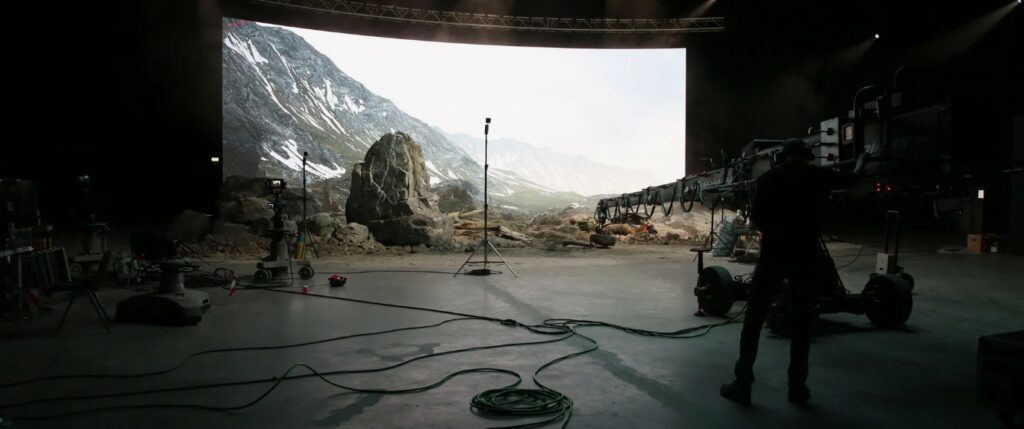
2. Why Does Virtual Production Rely on LED Displays?
You may wonder—why must it be LED displays? The answer is simple: alternative display technologies, like projection, fall short in key areas:
-
Insufficient brightness: On-set lighting can wash out projected images. LED screens offer high brightness, remaining clearly visible even under strong lighting.
-
Limited contrast: Projectors often struggle with deep blacks, reducing realism and immersion. LED screens provide high contrast, rich details, and deep blacks.
-
Low refresh rate: Virtual production requires displays to sync with camera movement. Projectors may suffer from tearing or blurring. LED screens offer high refresh rates to ensure smooth visuals.
-
Poor interactivity: Projectors are typically one-way output devices. LED screens can update content in real time, allowing for interactive adjustments during shooting.
In short, with their high brightness, contrast, refresh rate, and interactivity, LED displays are the best choice for building immersive virtual sets.
3. Technical Requirements for LED Displays in Virtual Production
a. Importance of Fine Pixel Pitch
Virtual production demands ultra-fine pixel pitch (typically P1.2–P2.5). The smaller the pitch, the finer the detail for close-up shots. For instance, SoStron’s Hima Series (P1.26mm) is widely used in premium virtual stages, avoiding visible pixelation even in close-ups.
Leading suppliers like SoStron and Sony have developed product lines optimized for virtual production. SoStron’s Hima Series, known for its deep blacks and wide color gamut, is favored by many studios. With contrast ratios up to 10,000:1, it meets HDR requirements for film production.
b. HDR and High Refresh Rate
-
HDR (High Dynamic Range): HDR enables LED screens to display a wider brightness and color range. Highlights and shadows are more detailed, and color transitions appear more natural—crucial for realistic lighting effects.
-
High Refresh Rate: Typically above 90Hz or higher, it ensures sync with camera shutters, preventing scanning lines or ghosting, and ensuring visual stability.
c. Color Consistency and Calibration Precision
In virtual production, multiple LED panels are stitched together into large displays. For realistic and seamless visuals, color consistency across panels is vital. Precise color calibration ensures screen colors match real-world scenes or digital assets. How to achieve Hollywood-level color restoration on LED virtual shooting screens?
-
Why it matters: Color inconsistency or inaccuracies will make footage appear unnatural and create major challenges in color grading during post-production.
4. Analysis of Typical Application Scenarios
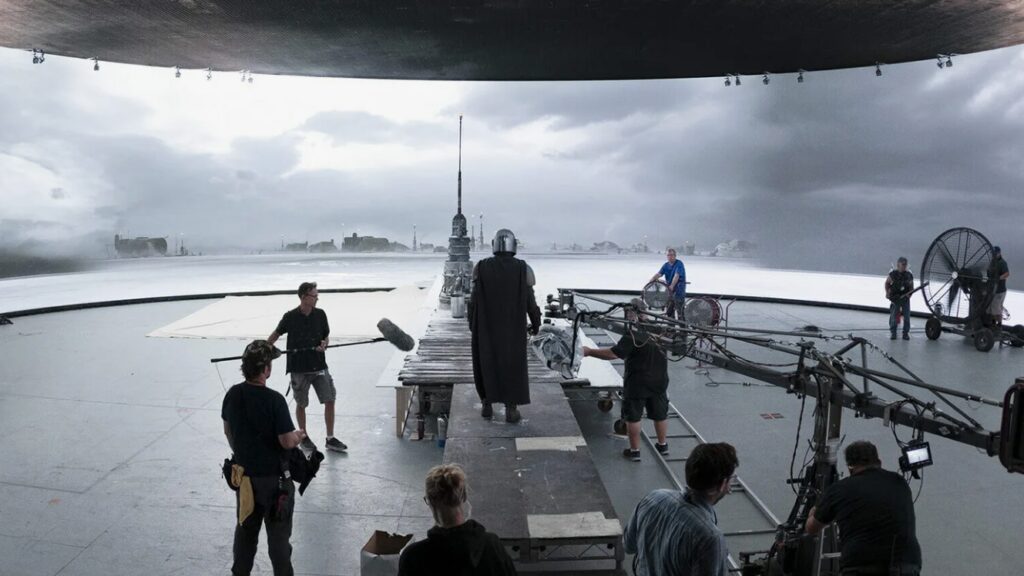
a. Film and TV Virtual Sets
This is one of the most prominent applications of LED virtual production. LED walls replace green screens and on-location shoots, saving time and cost while offering creative flexibility.
-
Example: The Mandalorian utilized massive LED volumes to render alien worlds in real time, placing actors “inside” the setting. This immersive setup enhanced performances and dramatically reduced post-production work.
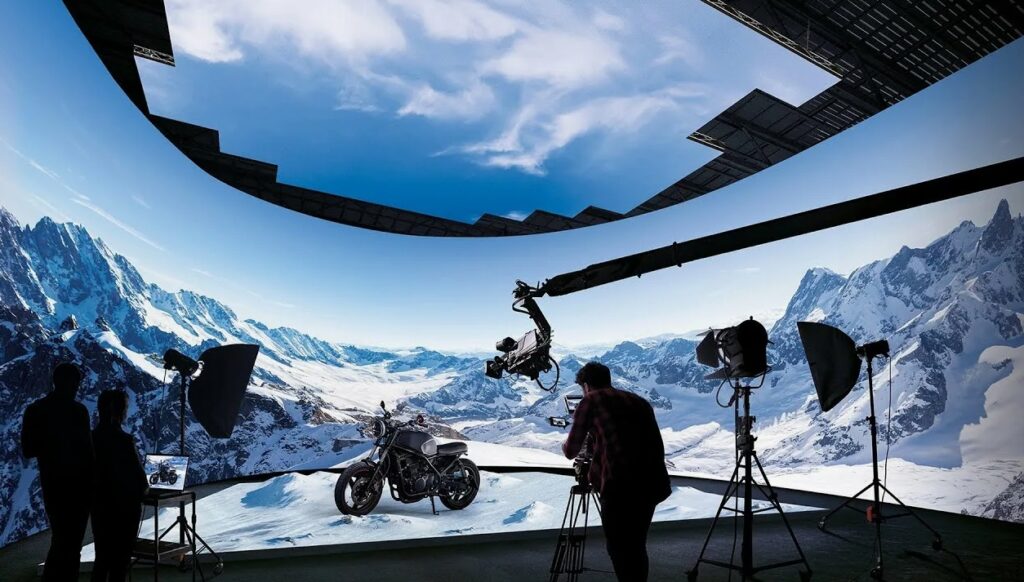
b. Advertising and Product Showcases
LED virtual production opens new possibilities for commercials and product demos. Brands can use LED environments to create visually striking and creative displays, making products more engaging.
-
Example: Automotive brands can simulate winding mountain roads or vibrant urban nightscapes using LED screens, immersing viewers in the driving experience and showcasing vehicle performance.
5. Advantages and Challenges of LED Virtual Production
a. Advantages
-
Reduces post-production compositing and location rental costs
-
Minimizes interference from weather and lighting conditions
-
Enhances director control and actor performance
-
Supports remote collaboration and rapid iteration
b. Challenges
-
High technical barrier: Requires expertise in LED displays, graphics rendering, and camera synchronization
-
Complex content adaptation: Real-time rendering needs vast 3D assets and optimization
-
Significant upfront investment: Systems combining LED walls, rendering engines, and camera tracking are costly

6. Conclusion
LED-based virtual production is a powerful and transformative technology. By combining advanced LED display capabilities with real-time virtual environments, it opens unprecedented creative possibilities. Though challenges remain, as the technology matures and costs drop, LED virtual production is poised to play an increasingly important role in film, advertising, and beyond—ushering in a new era of efficient, creative, and immersive content creation.
If you’d like to explore specific use cases or need help choosing LED screens for virtual production, feel free to ask!

